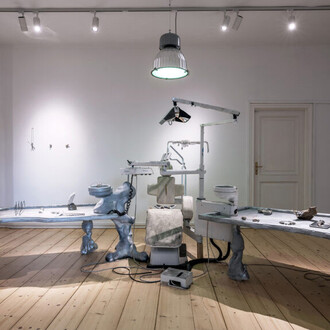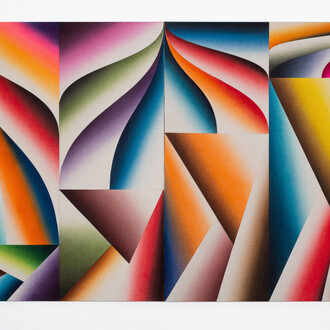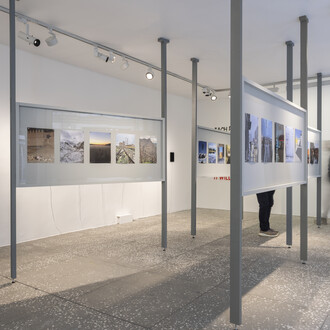This exhibition brings to the viewer five large religious paintings from the collections of the Art Museum of Estonia that have never been exhibited before. The works, forgotten for almost a century, are unknown to both art historians and wider audiences. The goal of the exhibition is to reveal, layer by layer, the origin and fate of the paintings, created during the 17th and 18th centuries.
The exhibited paintings were commissioned and painted for the churches of Estonia to serve as altarpieces on the high altars; to commemorate and remind us of particular individuals as epitaphs, or point to Christian values and rules of conduct as moralising paintings. These are not just paintings on the wall, anonymous works of art, but objects with meaning and stories of their own, created in accordance with the wishes of the commissioners, for a particular reason and for specific churches. By asking questions, searching for answers and providing the works with context, we find the people and stories, places and locations, associated with them. How the works have found their way from their original locations into the museum is equally significant. The aim of the exhibition is to display these local treasures of art from the Early Modern period, pointing to their versatility, as well as bring lesser known Lutheran art into focus for the 500th anniversary of the Reformation.
Why is our heritage of Early Modern period Lutheran art different to that of Late Medieval art? Why are we unable to find works from major art centres of the period in local churches? The significance and use of Late Medieval Catholic ecclesiastical art varied from that of the Early Modern Lutheran period. With the abolition of side altars after the Reformation, fewer altar paintings were needed in Lutheran churches; the altarpieces were kept only on high altars. Instead of pictures of saints, epitaph paintings and portraits were exhibited in churches. During the Late Medieval Catholic period the paintings depicted biblical stories and characters, as well as the saints and their legends; Lutheran ecclesiastical art, however, focused only on the characters and tales from the Bible. According to the wishes of Martin Luther, the Last Supper was regarded as the most appropriate pictorial theme for an altar. Next to it, the death of Christ on the cross emerged as the most significant theme for Lutheran paintings.
Although churches and ecclesiastical art were converted to meet the requirements of Lutheranism in the 16th century, the height of donating Lutheran altar and epitaph paintings to churches was in the second half, and the last decade, of the 17th century. The 18th century was a period of decline, since very few new churches were built and church furnishings were rarely donated as a consequence of the economic recession brought about by the Great Northern War.
During the Late Middle Ages ecclesiastical art was often commissioned from the great art centres like Bruges, Brussels, Antwerp and Lübeck. The Lutheran ecclesiastical art of the Early Modern period from Estonia in the 16th–17th centuries originates almost exclusively from the local masters. The reasons for this are political, economic and cultural. The 16th century or the post-Reformation era was a period of numerous wars in Livonia and the economic possibilities for commissioning ecclesiastical art were limited. There was, moreover, no direct need for it, as the heritage from the past could be either altered or adapted, and thus still be used. On the other hand, changes were also affecting the art market, with large centres like Lübeck in decline. A small circle of masters worked in the towns of Estonia and Livonia, who were capable of satisfying the demands of the local commissioners and churches. Even though the names of several masters, mostly foreigners, are known today, only a few of them have entered the ranks of the truly distinguished local masters. The names of the authors of the exhibited five paintings are currently unknown.
The word “forgotten” in the title of the exhibition poses the question of why we forget. The five paintings have, for almost a hundred years, been dormant. Unrepaired and torn by time, supported by minimal information on the catalogue card, the works have revealed neither their stories nor origin, waiting to be awakened. Such forgotten works do not disappear, they are merely left without attention. This exhibition attempts to awaken the paintings and remember the eras of their creation and the people associated with them.














